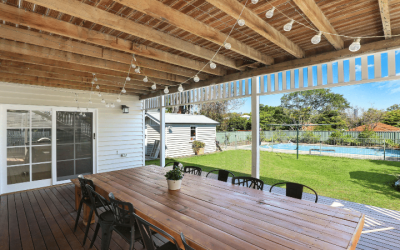We use the term stainless steel a lot (when we talk about our saucepans or spoons, for example) but how many of us actually know what it is and where it comes from?
What is steel?
Steel is an alloy (i.e. the result of metals being mixed together to provide a more robust material) of iron and carbon. Iron is taken from the Earth’s crust – in the form of iron ore – and the oxygen is removed and carbon is added to form steel. This smelting process used to be done by placing the iron ore in charcoal fires. The oxygen would be removed – with other impurities – by using a hammer to weld the material.
There are other elements found in steel, like manganese and sulfur as well as traces of nitrogen and aluminum. For present day uses, other elements are added to alter the properties of steel, depending on what it will be used for, like chromium, nickel and titanium. If you add nickel and manganese, the steel will be stronger and more stable. If you add vanadium, the resulting steel will be harder and it won’t crack so quickly under stress.
What is stainless steel?
Over time, if carbon steel is unprotected from air and moisture, a layer of iron oxide will develop. This is rust and will accelerate corrosion by forming more rust, which will gradually flake away. Stainless steel is different, as it has been mixed with chromium (a minimum of 10.5%), which forms a film of chromium oxide over the surface. The oxide ions in chromium bond strongly with the steel helping to fix its internal structure and stops corrosion from happening in the same way. There are different grades of stainless steel – matched according to its intended purpose – and it is also known as inox steel from the French word “inoxydable”. Stainless steel is used when you need the properties of steel but with very little corrosion.
Which type do you need?
There are many different types of stainless steel and you need to match the kind you need to fit your requirements. For example, some are easier to weld and may not be as resistant to corrosion as others. Metalmen are hands-on metal supply specialists and can help you determine which type of stainless steel you might need. Type 304 for instance (18% chromium and 8% nickel) is one of the most common and found in our spoons but cannot be used in salt water. Or maybe you need a 316 stainless steel strip? This has similar properties to type 304 but is less corrosive and stronger so it won’t bend as easily.



